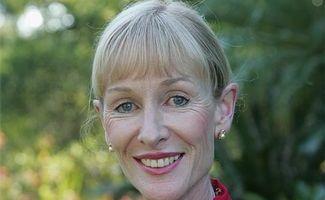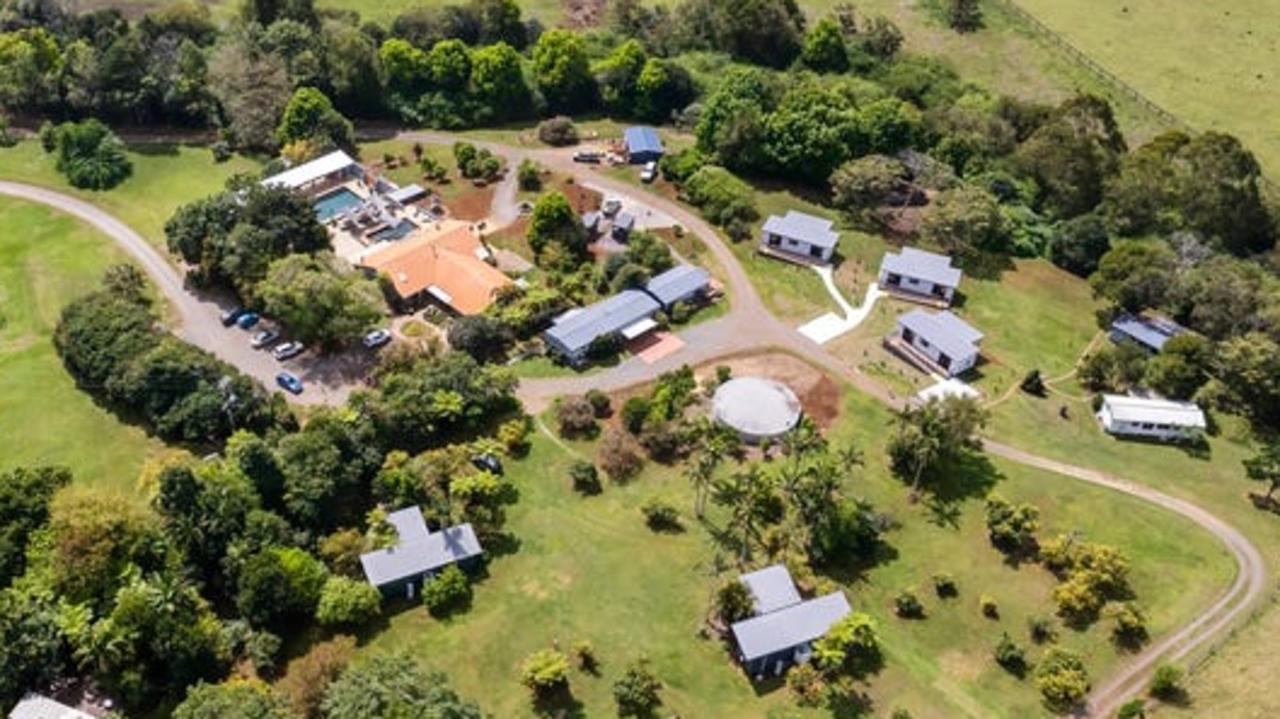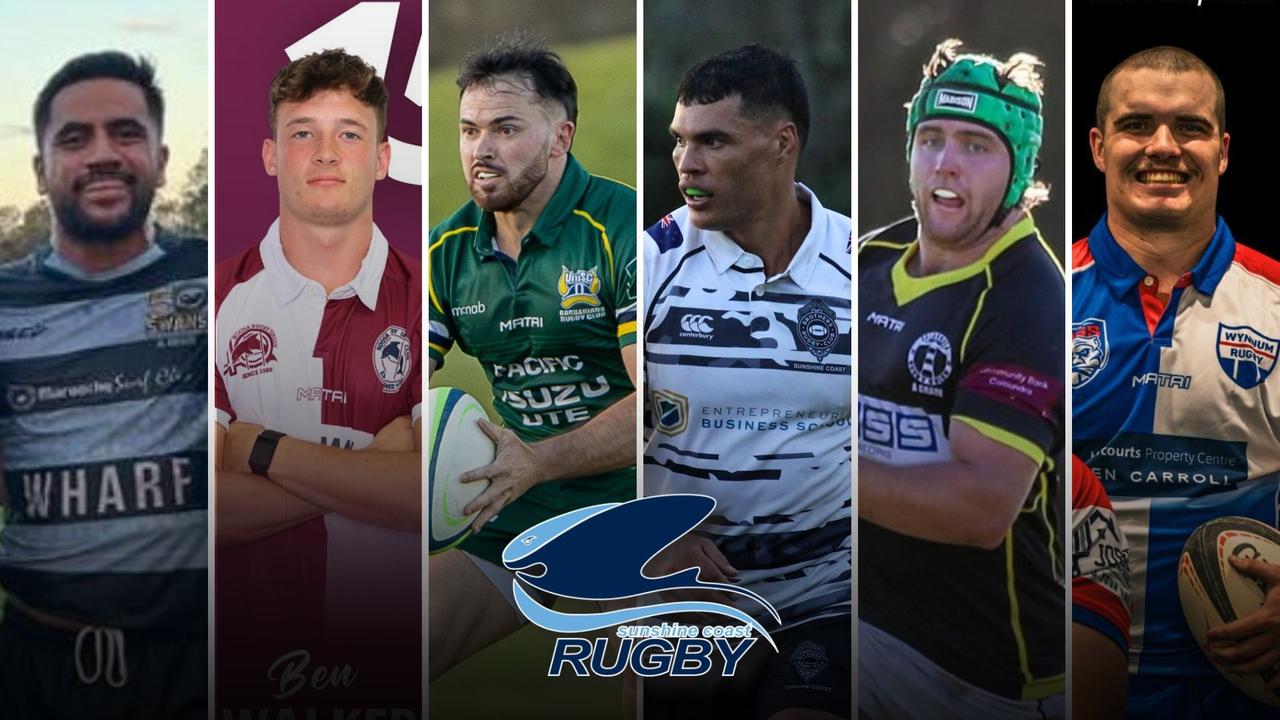Behind the Alison Grosse story
ALISON Grosse and her colourful antics a decade ago provided the Sunshine Coast Daily with some of the most sensational and bizarre headlines in its 30-year history.

Sunshine Coast
Don't miss out on the headlines from Sunshine Coast. Followed categories will be added to My News.
In the final report of a week-long series marking the 30th birthday of the Sunshine Coast Daily, the Daily's longest serving editor PETER OWEN takes a look at one of the paper's biggest stories.
ALISON Grosse and her colourful antics a decade ago provided the Sunshine Coast Daily with some of the most sensational and bizarre headlines in its 30-year history.
Most of them were a result of the former Maroochy mayor's civil court action against her long-time lover and former business associate Rob Purvis, who she claimed had stalked her for six years.
During the 11-day District Court trial in February 2003, Daily readers were treated to stories about secret sex, adultery, systematic stalking, breakdowns, and about the mayor leaving hot roast dinners on fence posts for her stalker.
In all, we ran 33 pages of news during the trial, including eight front page reports.
Earlier, we'd reported the mayor's strange and rapid courtship and marriage to Rene Grosse, her daughter's former boyfriend, their romantic romp in a car at the Nambour cemetery, and her various suicide attempts.
The story had all the elements of a television soap opera.
It became the topic of conversation at dinner tables, sporting events, in bars, and around the office water coolers.
It was salacious and sensational and it sold lots of papers.
But in many ways this titillation deflected attention from what I always believed was a much more important and powerful story – a story of improper use of public money, of corruption and deceit at a high level.
That story began with a brief reference in the Brisbane courts list in late 1999 to an action brought by Jones against Kerr-Jones, which eagle-eyed reporter Haydn Long spotted one morning.
Kerr-Jones was Alison's name before she married Rene Grosse and “Jones” was John Jones, the first general manager of the Sunshine Coast Daily. He had been Alison's second husband.
The action was in respect of $95,000 that the trustees of the estate of bankrupt John Jones claimed had been wrongly paid to Alison.
Ultimately the Federal Magistrates Court of Australia dismissed the claim.
But it started a year-long investigation by a team of Daily reporters that uncovered evidence of corporate wrongdoing, which implicated Alison, her alleged stalker Rob Purvis, and their lawyer pal Neil Wilkinson.
The three effectively ran a company called the Sunshine Coast Regional Group Apprentices Ltd – a publicly-funded organisation set up to provide training and employment for local apprentices.
Essentially it was a noble enterprise, but Alison (chairman), Purvis (chief executive) and Wilkinson (legal adviser) treated it as akin to their own private bank.
As the Cole Royal Commission discovered in 2002, the three were involved in lending themselves large amounts of cash with no security, paying personal accounts, buying property from the company at below market value, and improperly using a company fuel card.
The Royal Commission – alerted by a series of stories in the Daily based on the remarkable investigative reporting work of our reporters Haydn Long and Janine Hill – found all three guilty of unlawful and improper use of their position.
It was while these stories were being published that Alison determined the time was right to allege Purvis, her long-time lover, had been stalking her for six years.
The allegations in the Daily prompted a public display of fainting.
Her civil stalking case began in the District Court 14 months later.
The judge found in Alison Grosse's favour and awarded damages of $178,000. I understand little, if any, of that money has been paid by Purvis.
For many of us, this was a particularly difficult story.
In the decade that I'd been editor of the Daily, Alison and I had become friends. Indeed she sought my advice about whether she should run for mayor and I encouraged her to do so.
I'd also known John Jones for many years as a friend and colleague, and Rob Purvis for several years. I knew, too, that the revelations about SCRGAL might well lead to hardship for the many good, honest people who worked for it.
But those friendships and feelings played no part in the reporting of the SCRGAL story, or the coverage of the evidence in the stalking trial. We had to do what was right as far as our ethics as journalists were concerned. And we did.
Months later, the ABC's Australian Story did an episode on Alison, focusing on the media coverage she'd received as a result of the stalking trial. I appeared on that program.
It was a shameful, pathetic, shallow, one-sided piece of rubbish which served to paint Alison as a tragic heroine, an innocent victim wronged by an uncaring and unsympathetic media, hungry for nothing more than a juicy headline.When I pointed this out to the show's producer, she looked at me with disdain, declaring that Australian Story was not a current affairs program interested in accuracy or balance; it was entertainment. I've remembered that every time I've subsequently watched the show.
Despite the Cole Royal Commission's findings of unlawful conduct, no further action was ever taken against Alison, Purvis or Wilkinson.
Originally published as Behind the Alison Grosse story


